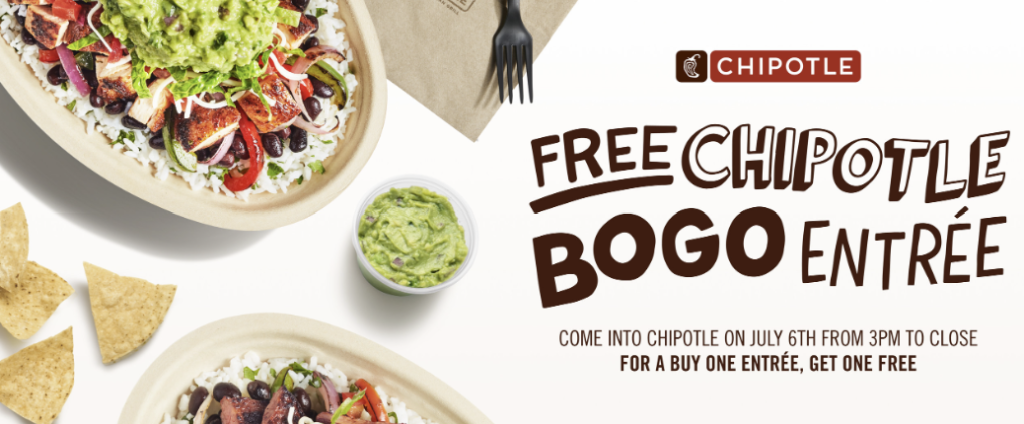In the fast food and quick service restaurant (QSR) industry, the allure of increased traffic through discounting can be tempting. Many owners believe that lowering prices or offering deals will naturally boost customer numbers. However, this approach can lead to significant pitfalls, including devaluing the brand and harming long-term profitability.
Unlike retail, where prices can start high and eventually drop to clear inventory, fast food pricing requires a more nuanced approach. Restaurant owners must carefully balance effective discounting against brand-damaging devaluing. Lowering prices indiscriminately can send the wrong signal to customers, suggesting desperation rather than value.
One key reason fast food and QSR businesses resort to discounts is to attract new customers, hoping they will return and pay full price in the future. However, the challenge is that 85-90% of consumers who walk in the door walk out without leaving any contact information. The business has no way to reach them again. Even the best loyalty programs, outside of the top few, only manage to engage about 10-15% of a customer base. This means the vast majority of customers remain unconnected to the business. It’s estimated that 95% of advertising does not work, but couponing does seem to work—yet does it really? Hope and great food alone are not enough.
When a fast food restaurant drops its prices, customers may interpret this in two ways: as a reasonable discount or as a sign of desperation. If perceived as desperate, the discount can become the new “normal” price, making customers skeptical of the pre-discount prices. This is because customer psychology often does not align with simple supply and demand dynamics in the restaurant industry.
Significant devaluing can severely damage a fast food or QSR establishment, both by harming its brand and reducing profit margins. While some promotions might not cause catastrophic damage, their cumulative effect can lead to long-term financial strain. Any short-term increase in traffic might be offset by a decrease in profit margins and the fleeting attention of price-conscious customers.
Yesterday, I spoke with the manager of a mid-sized sandwich chain in Southern Utah. She mentioned that they were paying for at least 6-7 different advertising platforms offering buy-one-get-one (BOGO) deals to local consumers. With new ads coming out quarterly, monthly, or even online, many consumers never paid without getting something free. As Mary, the store manager, said, “Free for the consumer is not free for the business.” The average BOGO offer discounted around $10. With these offers happening 20-30 times a day, hundreds of times each week, the annual impact on profit margins was substantial. This example is not isolated; hundreds of thousands of fast food and QSR businesses fall into this trap, leading to significant financial strain.
Many fast food and QSR restaurants rely on online or paper coupons, believing they will attract new customers. However, these promotions can create negative perceptions. For instance, customers may assume that substantial discounts indicate either a desperate attempt to attract new customers or that the regular prices are inflated.
Even weekly discounts can devalue a fast food brand. Regular customers returning for the same freebie or deal can lead to a situation where the promotion is no longer special. A true promotion should break from the norm and offer something unique, rather than becoming a routine expectation.
The key to successful discounting lies in offering perks rather than incentives. Perks create the impression of a reward for the customer’s loyalty, whereas incentives can feel like negotiated discounts. This distinction is crucial in maintaining the perceived value of the fast food or QSR brand.
To effectively discount, fast food and QSR restaurants should frame discounts as perks given out of gratitude for the customer’s business. This approach makes customers feel appreciated rather than manipulated. Additionally, gifts or surprise discounts can build stronger relationships with customers compared to predictable incentives.
Fast food and QSR restaurants should strive to minimize customers’ focus on price. An excessive focus on price can detract from the dining experience and damage the brand. Instead, promotions should highlight the unique value of the dining experience, making it about more than just cost.
Promotions that express the fast food or QSR brand and are enjoyable can shift the focus away from price. By creating an enjoyable experience, restaurants can add value that isn’t solely tied to the food, thereby enhancing profitability.
With the rise of online and paper coupons, fast food and QSR owners must be aware of the risks associated with discounting. While these promotions may provide a temporary boost in traffic, they seldom generate the word-of-mouth marketing needed to cultivate a loyal customer base. The reality is that most discount-driven customers don’t return unless they get another deal. Without a way to contact the majority of their customer base, businesses miss out on opportunities to build lasting relationships.
For consumers, deals are enticing. We love the thrill of a bargain and the satisfaction of getting more for less. However, we also love recognition and perks, as evidenced by the number of loyalty programs we join. These programs make us feel valued and appreciated, fostering a sense of loyalty to the brands we frequent. But the practice of double-dipping, taking advantage of both discounts and loyalty perks, can be detrimental to businesses. While consumers benefit in the short term, the long-term impact on businesses can lead to reduced service quality, menu limitations, and even closures, ultimately leaving us with fewer choices.
This is where GOTYOU steps in to solve this critical challenge of connecting with the customer. GOTYOU makes it a one-click connection that helps hundreds of thousands of businesses solve this pain point. Discounting with BOGO can be a great tool if connected with a platform like GOTYOU, which helps build the connection. This connection can turn a BOGO deal into a customer coming back more often, referring others, and promoting the business on social media. GOTYOU creates connections that are real, verifiable, and valuable.
In conclusion, while discounting can attract customers in the short term, it is essential for fast food and QSR owners to approach this strategy with caution. Effective discounting should enhance the brand’s value, not devalue it. By focusing on perks, creating enjoyable experiences, and understanding the long-term impact of promotions, restaurants can attract and retain customers without sacrificing profitability. With GOTYOU, fast food and QSR restaurants can ensure that their discounting strategies build lasting, valuable connections with their customers.






